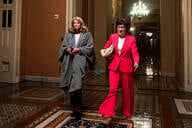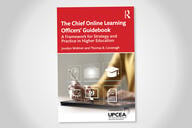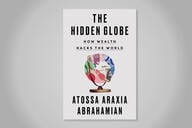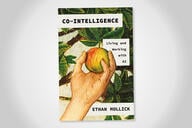You have /5 articles left.
Sign up for a free account or log in.
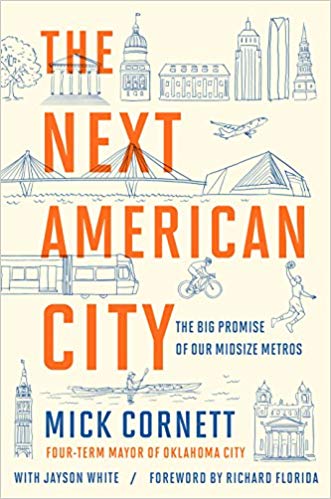 The Next American City: The Big Promise of Our Midsize Metros by Mick Cornett and Jayson White
The Next American City: The Big Promise of Our Midsize Metros by Mick Cornett and Jayson White
Published in September of 2018.
Oklahoma City is having a publishing moment. First came Sam Anderson’s very funny OKC book Boom Town. (See my review). Now we have the less entertaining but still worthwhile The Next American City by OKC’s former Mayor Mick Cornett.
What are we to make of us this Oklahoma City publishing boom?
In The Next American City Cornett describes how his medium-sized city transformed itself from a place associated with failed urban renewal and domestic terrorism attacks to a world-class metropolitan destination.
The ingredients for attracting young professionals, and the companies that they can work, will not surprise anyone. The building blocks seem to be so simple and obvious that it is a wonder that every city doesn’t follow the script.
Actions that OKC under May Cornett took were as basic as invest in public schools, build recreation amenities (in OKC’s case a somewhat bizarre artificial river), and move towards a pedestrian and bicycle friendly downtown.
The big accomplishment of Oklahoma City is that these investments were made in the reddest of red states. Every county in Oklahoma went for Trump in 2016. The state has led the nation in a race to the bottom of individual and corporate taxation, resulting in a diminishment of public services such as education and infrastructure to developing world standards. The fact that OKC decided to pass a temporary sales tax to fund social and physical infrastructure investments is something of a miracle.
The Next American City is best when it sticks to the OKC story. Mayor Cornett is a compelling character. It is hard not to like someone who transitioned from a popular local sportscaster and news anchor to the Mayor’s office.
The book is less strong once Cornett leaves OKC to try to discover other medium-sized cities that have survived deindustrialization to emerge as viable 21st-century creative class destinations. As a lifelong OKC resident, Cornett has a feel for how his city works. He knows everybody. His tells some good stories.
Lacking that sort of insider knowledge of places such as Indianapolis, Charlotte, Albuquerque, Charleston, Louisville, Sacramento, Buffalo, or Des Moines, Cornett is unable to provide much in the way of convincing analysis or generalizable lessons. What he does do is motivate us to know more about these mid-sized metropolitan success stories. He is probably right that the most interesting urban stories today are to be found in medium-sized places.
Thankfully, The Next American City is worth reading for the OKC transformation story alone. I fear, however, that too few higher ed people are going to take me up on this recommendation to read two books about Oklahoma City.
That would be too bad.
Far more of our past, current, and future students have grown up in places like OKC than in the superstar cities of San Francisco, DC, Boston, or NYC. Come to think of it, our professors and staff (you folks) are more likely to come from a place like OKC than LA.
The reason is that superstar cities are just too damned expensive. The rents are too high. The houses are too expensive.
The idea that everyone out of mid-sized cities and suburbs to live in Creative Class cities is a myth. Young families will move to places like OKC because that is where the jobs and affordable housing will be found.
In going deeply into the history and life of Oklahoma City through these two books, we get a glimpse of the sort of places that will most matter for the future of this country.
What are you reading?

